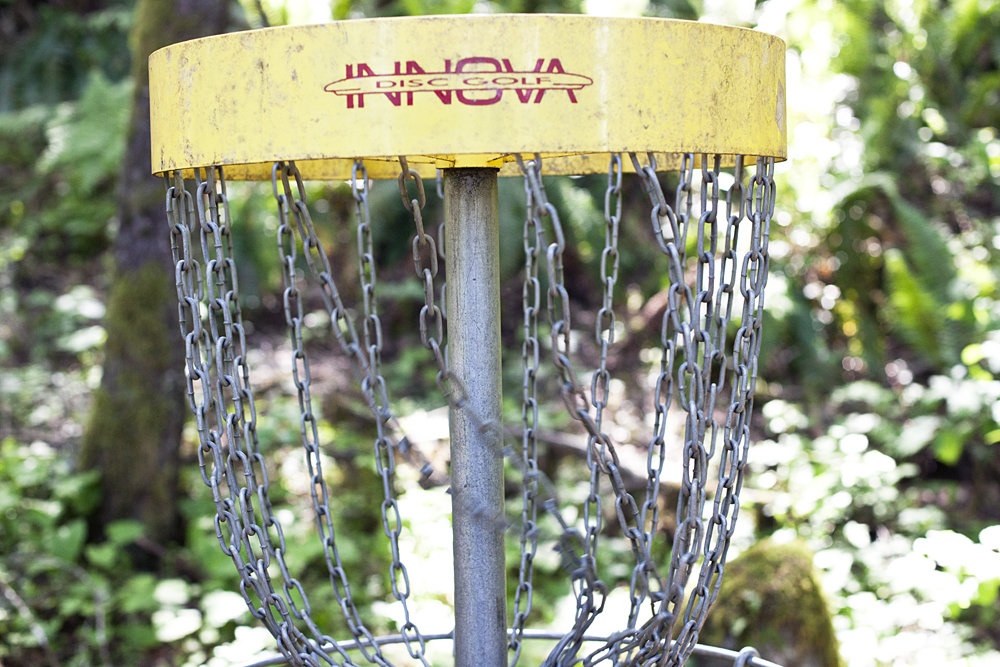Sustainability, feasibility, longevity, leadership—all major roles in determining the 2012 Portland State Solutions Generator student-grant program winners. These grants give students the chance to make their sustainable projects a reality. Approximately 40 proposals were submitted this year, and their overall high quality pushed the original number of group awards from 10 to 13. In total, about 50 students were chosen for awards.
Solutions Generator grant winners announced

Sustainability, feasibility, longevity, leadership—all major roles in determining the 2012 Portland State Solutions Generator student-grant program winners. These grants give students the chance to make their sustainable projects a reality. Approximately 40 proposals were submitted this year, and their overall high quality pushed the original number of group awards from 10 to 13. In total, about 50 students were chosen for awards.
Each winning group received $1,500 to cover project costs, and each individual student involved received $1,000 applied directly to their accounts as a leadership service award.
“The projects were very good this year,” said Jenny DuVander, communications director at the Institute for Sustainable Solutions. “It was very competitive. There were many excellent ideas and the quality of the projects was really high. We see the potential for long-term success and to make the campus more sustainable.”
Katherine Ball, a graduate student in the masters in art and social practice program, won a Generator award. Ball has extensive background in sustainable solutions and environmental issues. She once rode her bicycle around the country, interviewing local communities about their sustainable practices.

“The Solutions Generator was right up my alley,” Ball said. “My existence is to try to live in harmony with the environment.” She added that she’s “always trying to think of solutions.” Ball worked on a team with students Adam Brockman and Kirk Rea. They designed a greywater system that works indoors for the field-work building on campus, which has a plumbing problem. Greywater is water leftover from domestic activities like hand washing and bathing; Ball’s greywater system filters and recycles the waste-water.
It is designed in such a way to mimic the hydrologic cycle in nature and requires very little maintenance. First, the water goes into mushroom beds that filter out contaminants, and then travels to low-light, water-loving plants which return the water to the air.
Ball said the greywater system project has two goals: one, solid construction that allows for long-term use without any kind of maintenance; and two, to raise awareness about such systems and how they can be replicated for personal use.
Discussion of the project began March 3, and it should be nearly completed by mid-May. As part of the Open Engagement Conference, a May 19 community workshop will help assemble the system. Ball plans to upload a video to YouTube that shows other community members how to create similar systems.
Another winner of the grant was a group led by post-baccalaureate architecture student Ben Deines and senior civil engineering major Andreu Ferrero. They designed a treatment wetland behind the Peter W. Stott Recreation Center on campus. In this yard, vehicles and equipment are washed off and the waste-water, filled with contaminants, goes into the storm drain to be treated. Their team wanted to establish technology that would be used to treat this water.
“We knew this would be a good showcase; it is important to educate people about natural-systems treatment at a small, affordable scale,” Ferrero said. “It is critically important to take care of our water systems and to clean up after ourselves. We feel our wetland is good for that.”
The wetland would collect the water, treat it, and then filter the water into the ground, all without a sewer system as part of the process. “Some people think something like this is cost prohibitive. We are trying to show them that it is not,” Ferrero said.
The wetland treatment project has four goals: reduce the amount of contaminants entering the Willamette River; demonstrate the functionality of a small-scale treatment wetland in urban areas for private contractors and public agencies; create a living lab for PSU students; and educate the public about natural treatment systems and the water cycle.
Deines and Ferrero plan to begin construction on the treatment wetland in spring. They are looking to organize work parties with volunteers over the next few weeks to take part in the construction process. If interested, email [email protected] or [email protected]. The team hopes to complete the project by mid-May.
“Sustainability speaks for itself,” Deines said. “We need to look to the future. If we want to continue our way of life, we need to be sustainable.”
The 12th Avenue Cycle Track was another winner, designed by a group led by Kate Petak, a post-baccalaureate civil engineering student. The idea originated from Peter Koonce, manager of the Signals and Street Lighting Division at the Portland Bureau of Transportation, where Petak had an internship.
The project will create a northbound route that connects PSU to downtown Portland. Separated from vehicle traffic by a parking lane and a buffer, the track will be about seven feet wide, allowing elbow room for the cyclists to pass each other or ride together.
“To me, sustainability goes hand-in-hand with efficiency and livability,” wrote Petak in an email. “As the urban population grows, it is critical that we promote sustainable forms of transportation, such as mass transit, bicycling and walking for the health, vitality and safety of the community,” she added.
Petak wanted to work on the track because she believed it would provide more comfort and security for those who are interested in bicycling, but are worried about bike safety in the city.
Preliminary design concepts for the track will be presented to the community in March and April; a final design and plan will be ready by the end of May.
All accepted projects will showcase at the sustainability celebration on May 29 in the Native American Student and Community Center.



